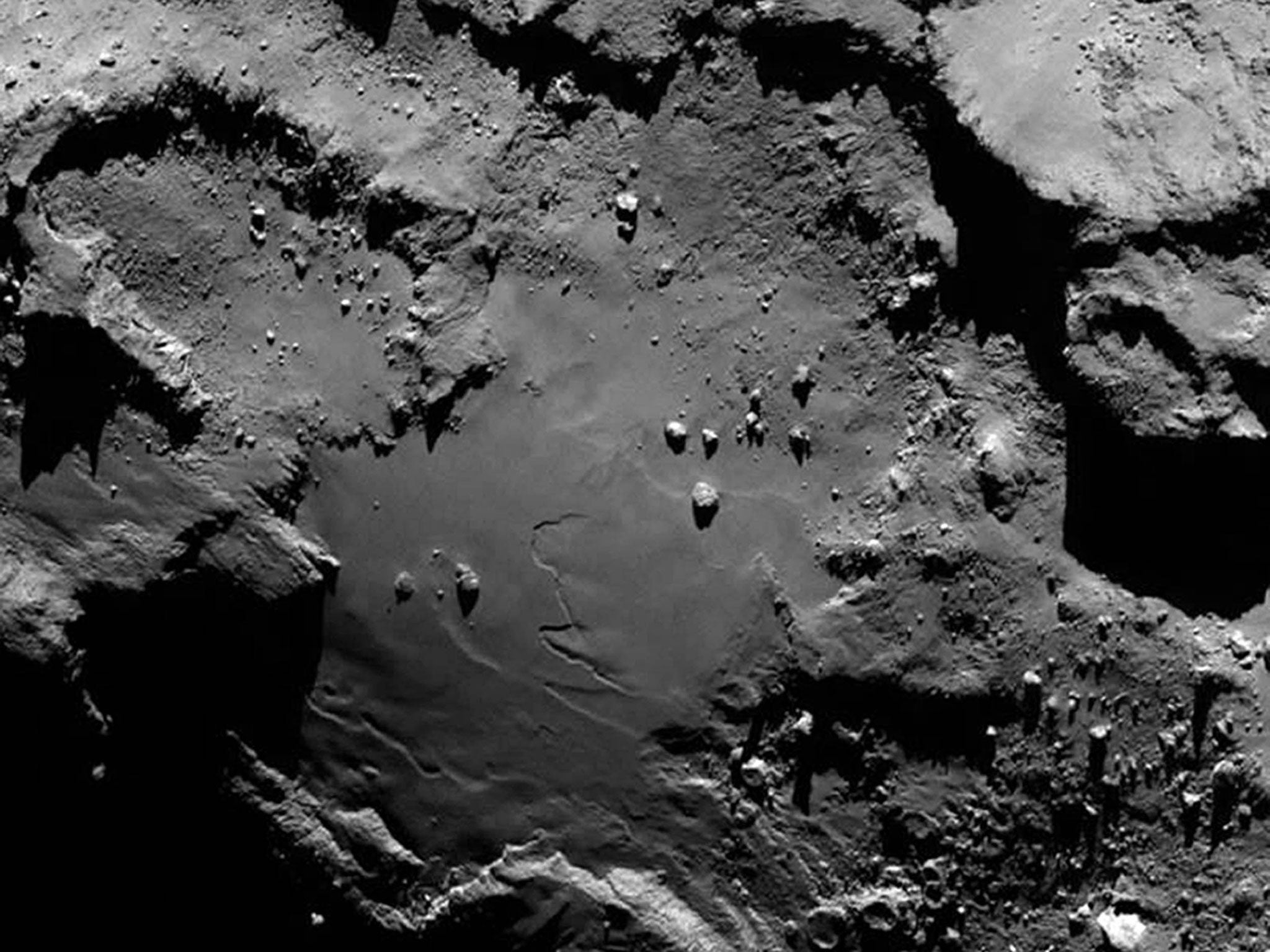Rosetta mission: Comet 67P is surrounded by huge amounts of oxygen, scientists say, potentially changing our understanding of early solar system
There's much more oxygen than we'd expect — and scientists aren't entirely sure why

Your support helps us to tell the story
From reproductive rights to climate change to Big Tech, The Independent is on the ground when the story is developing. Whether it's investigating the financials of Elon Musk's pro-Trump PAC or producing our latest documentary, 'The A Word', which shines a light on the American women fighting for reproductive rights, we know how important it is to parse out the facts from the messaging.
At such a critical moment in US history, we need reporters on the ground. Your donation allows us to keep sending journalists to speak to both sides of the story.
The Independent is trusted by Americans across the entire political spectrum. And unlike many other quality news outlets, we choose not to lock Americans out of our reporting and analysis with paywalls. We believe quality journalism should be available to everyone, paid for by those who can afford it.
Your support makes all the difference.The air around the comet that Rosetta landed on has plenty of oxygen, scientists say, potentially changing our understanding of the beginnings of the solar system.
In current theories, oxygen shouldn’t be able to exist in high quantities, and should instead have combined with hydrogen and formed water. But oxygen is the fourth most common gas around the comet.
Professor Kathrin Altwegg, project leader for Rosetta's Rosina mass spectrometer instrument, said: "We had never thought that oxygen could 'survive' for billions of years without combining with other substances."
While microbes and plants are responsible for most of Earth's oxygen, the new discovery does not mean that Comet 67P is teeming with life.
Instead, scientists believe the comet's oxygen originated very early, before the solar system had even finished forming.
High energy particles are thought to have freed the oxygen by striking grains of ice in the cold and dense birthplace of the solar system, known as a "dark nebula".
The oxygen was incorporated into the comet nucleus when it was created some 4.6 billion years ago and has remained ever since, according to the researchers writing in the journal Nature.
Prof Altwegg added: "This evidence of oxygen as an ancient substance will likely discredit some theoretical models of the formation of the Solar System."
In November last year, the Rosetta mission made history by deploying a small probe to land on the comet.
The Philae lander bounced onto 67P's surface before coming to rest at the foot of a cliff or crater wall.
Although the craft has maintained intermittent contact with Earth, it has collected a wealth of data for scientists. The probe travelled with the comet as it hurtled to its closest point to the sun on August 13.
Additional reporting by Press Association
Join our commenting forum
Join thought-provoking conversations, follow other Independent readers and see their replies
Comments